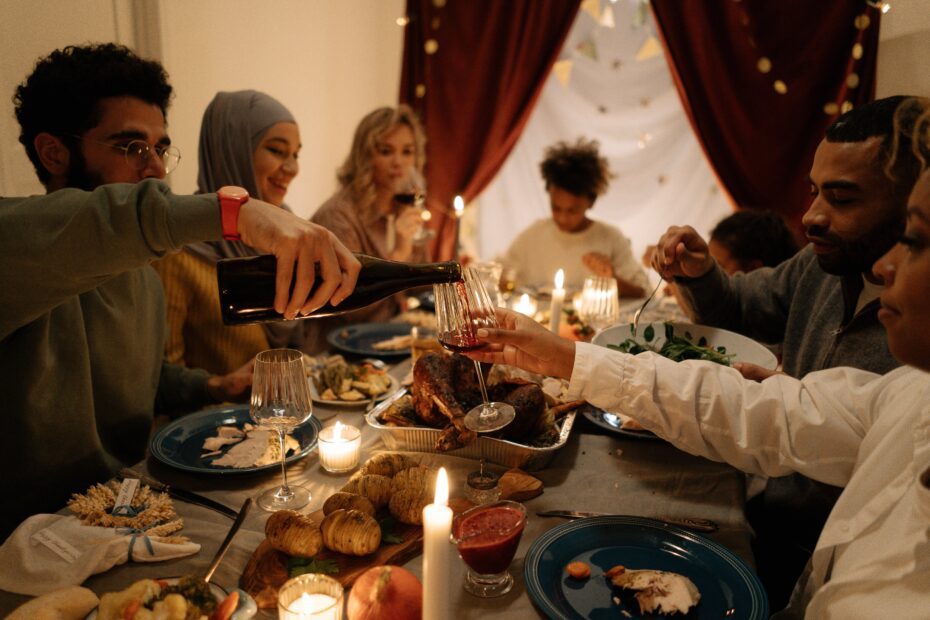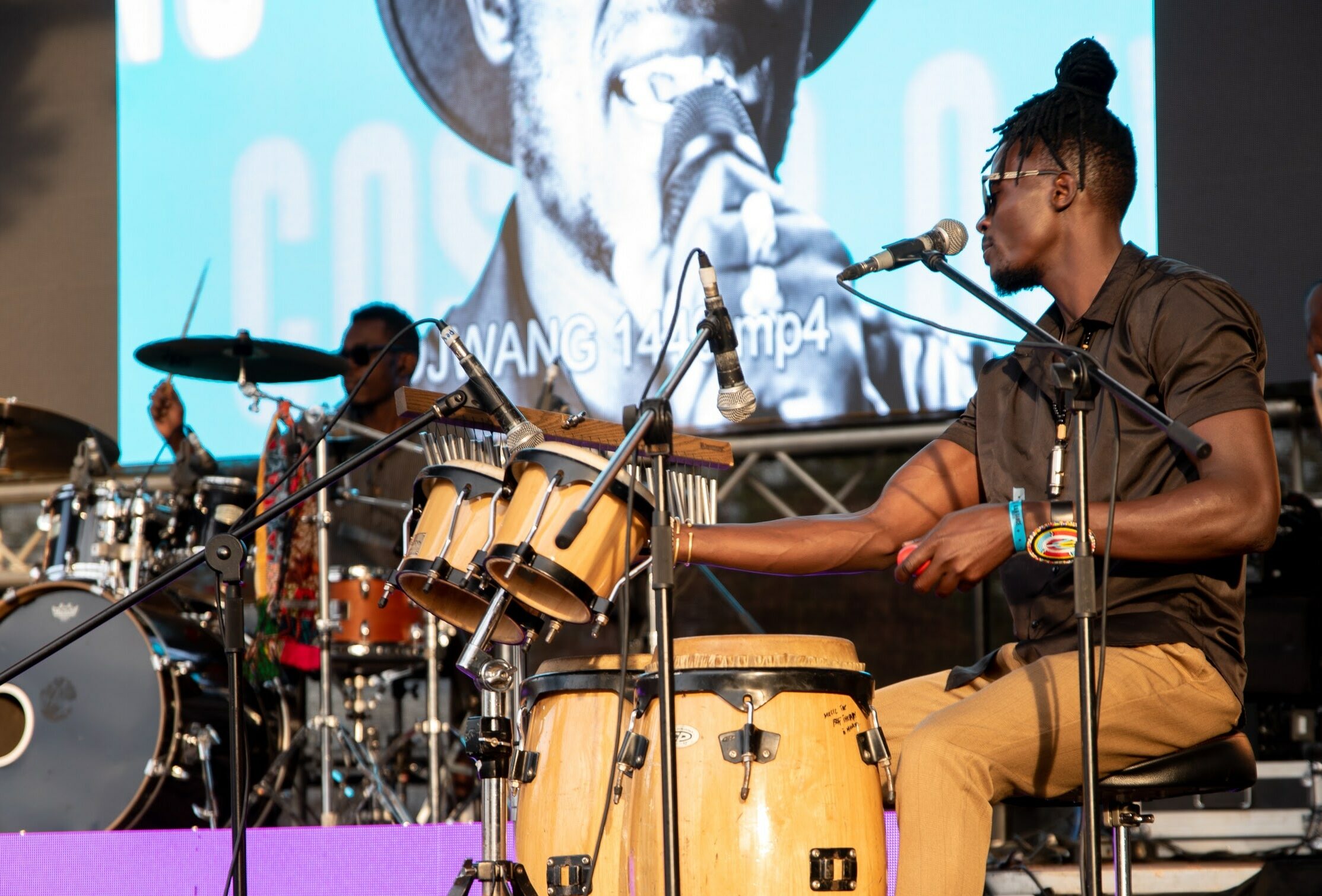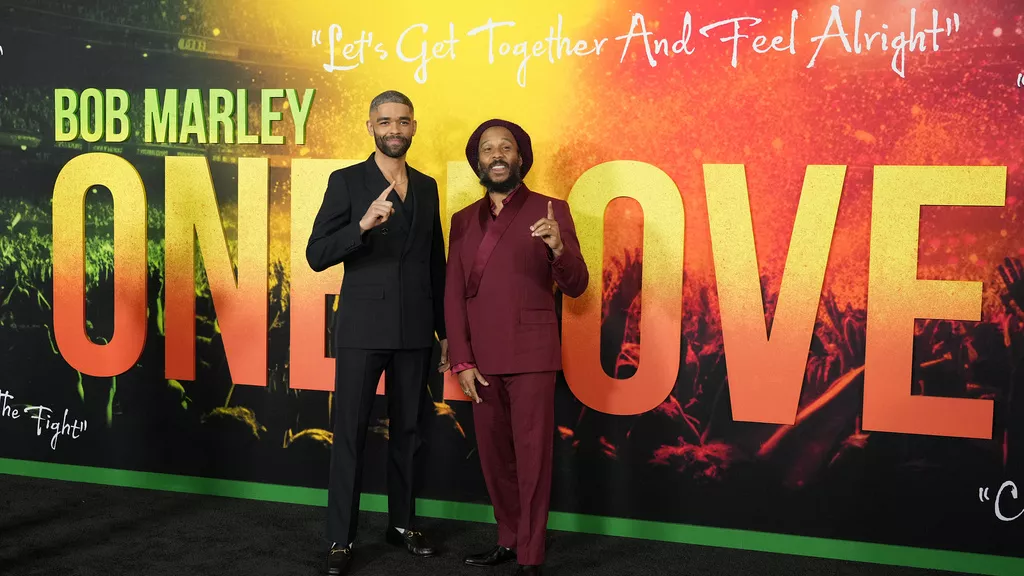Thanksgiving, celebrated on the fourth Thursday of November in the United States, is a beloved holiday that brings families and friends together for a festive feast. While many people associate it with turkey, stuffing, and pumpkin pie, Thanksgiving has a rich history that predates the modern holiday traditions. This article takes you on a journey through the history of Thanksgiving, from its early beginnings to the holiday we know today.
READ ALSO: Kwanzaa, a Celebration of African Heritage to Brighten Your December Festivities
The Pilgrims and the First Thanksgiving
The origins of Thanksgiving in America can be traced back to the early 17th century when a group of English Pilgrims, seeking religious freedom, set sail aboard the Mayflower. After a long and arduous journey, they arrived at Plymouth Rock in what is now Massachusetts in 1620. Facing harsh conditions and unfamiliar surroundings, they struggled to survive the harsh New England winter.
With the help of the indigenous Wampanoag people, the Pilgrims learned essential survival skills, such as planting crops like corn and using the land’s resources. In the autumn of 1621, the Pilgrims celebrated their first successful harvest with a three-day feast, known as the “First Thanksgiving.” The celebration was a sign of gratitude for the bountiful harvest and the cooperation of the Native Americans.
Thanksgiving in Early America
Thanksgiving didn’t become an annual holiday at this point. Instead, it was sporadically observed, and each colony or state decided when and how to celebrate. In some regions, it was a solemn day of prayer and fasting, while in others, it was marked by joyful feasting and merriment. The traditions and date of observance varied greatly from place to place.

Sarah Josepha Hale and the National Thanksgiving
In the 19th century, Thanksgiving was not yet a unified national holiday. The idea of a national Thanksgiving day took root largely thanks to the efforts of Sarah Josepha Hale, a prominent writer and editor. Hale, best known for writing the nursery rhyme “Mary Had a Little Lamb,” was passionate about making Thanksgiving a unified holiday across the United States.
Read also: How to celebrate Kwanzaa in style in 2023
For 17 years, Hale tirelessly advocated for a national Thanksgiving day, writing countless editorials and letters to government officials. She believed that a national holiday would help promote unity and healing during a time when the United States was facing divisions, such as the Civil War. Her efforts were not in vain. In 1863, President Abraham Lincoln declared Thanksgiving a national holiday, setting the date as the final Thursday in November.
Thanksgiving Traditions
Over the years, Thanksgiving has evolved into a holiday that combines elements from various cultural and historical traditions. The iconic Thanksgiving turkey, for instance, was inspired by English Christmas traditions, as turkey was a popular Christmas dish in England.
Thanksgiving parades, particularly the Macy’s Thanksgiving Day Parade in New York City, have become an integral part of the holiday. The Macy’s parade, which began in 1924, features larger-than-life balloons, marching bands, and celebrity performances, adding a sense of spectacle to the day.
In recent times, football has also become synonymous with Thanksgiving. The NFL hosts a series of games on Thanksgiving Day, drawing sports fans from across the country.
READ ALSO: Significance of the seven candles in Kwanzaa celebrations
Modern Thanksgiving
Today, Thanksgiving has transformed into a holiday marked by family gatherings, sumptuous feasts, and expressions of gratitude. Many Americans take the opportunity to reflect on the blessings in their lives and spend quality time with loved ones. It’s also a time for acts of kindness, as many people volunteer at local charities or donate to those in need.

Thanksgiving’s history is a testament to the enduring values of gratitude, unity, and the importance of coming together during challenging times. It has evolved from a simple harvest festival into a national holiday celebrated with parades, football, and iconic dishes like turkey and pumpkin pie. While the specifics of the holiday have changed, the core values of thankfulness and togetherness remain at its heart.
As you sit down to your Thanksgiving feast, take a moment to appreciate the rich history and the enduring spirit of this beloved holiday. Whether you’re carrying on longstanding traditions or creating new ones, Thanksgiving is a time to give thanks, connect with loved ones, and celebrate the abundance in our lives.



